#heian period japan
Text
Inform a man who has been making a passionate declaration through a screen that the lady is long gone and he has been speaking to thin air
#from the tale of genji#imagine having to tell a guy that#heian japan#heian period japan#heian era#heian period
25 notes
·
View notes
Text
Most formal outfits for upper ranks samurai - Sokutai and Ikan formal court dress
(as worn by upper-ranked samurai of the Edo period - great charts by Nadeshico Rin). You can find more about samurai ranks and their regulated attires under the tag "samurai kimono".
The Sokutai
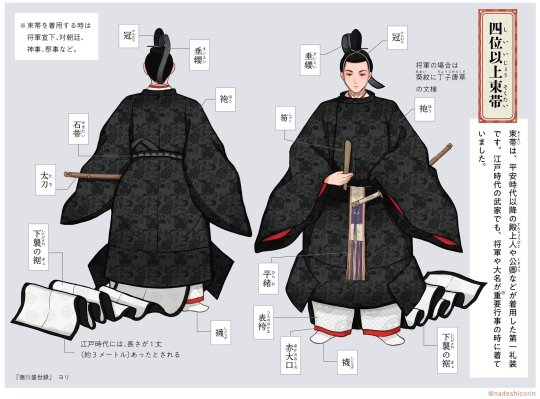
束帯 Sokutai is the most formal attire worn by Edo period samurai of the 4th rank and above.
It first appeared during Heian era as a ceremonial court dress worn by 公卿 kuge (nobility/Imperial court) and 殿上人tenjôbito (courtiers/court officials). Usage was kept well into Edo period by both the Imperial court and the Tokugawa shogunate.
The intricated garb includes:
冠 Kanmuri - hat, with distinctive 垂纓 suiei "tail" hanging in the back. Materials could include silk, lacquer or horsehair and were strickly regulated
袍 Hô - a round-necked robe with large boxy sleeves. Colors and patterns were strickly regulated.
Shown here is a pattern used by the Shôgun, the 葵に丁子唐草 Aoi ni chôji karakusa (cloves with arabesques, and hollyhock leaves - which is the Tokugawa crest)
笏 Shaku - flat ritual sceptre
平緒 Hirao - a wide flat braid wrapped around the body with ties left hanging up front. Colors and weaves were strickly regulated
(飾)太刀 (Kazari)-Tachi - (mock) long sword for ceremonial use
表袴 Ue-no-bakama (or omote-bakama) - white overpants, shorter hakama pants worn over the aka-ôkuchi
赤大口(袴) Aka-ôkuchi(bakama) - red underpants, a tad longer than the overpants
下襲(の裾) Shitagasane(no-kyo) - visible train part of an inner robe worn under the 袍 hô. During Edo period, train lenght got up to 1丈 (around 3 meters/10 feet).
襪 Shitôzu - a type of ancient socks (construction is different than tabi - they don't have a sole for ex.)
石帯 Sekitai - leather belt used in ceremonial court dress, covered in black lacquer, and decorated with stones and jewels
The Ikan

衣冠 Ikan - while still very formal and worn by Edo period samurai of the 4th rank and above, ikan looked much more simpler than sokutai.
First used for nightime duties (夜間宿直) in Heian era, it gradually came to be worm during daytime too. From Muromachi period and onwards, it had become the work uniform of the Imperial court.
Like sokutai, it uses the hô+kanmuri, and wearers were allowed to carry kazari-tachi. Yet, note how the pants differ from sokutai ones: those are large bouffant pants called 指貫 sashinuki (or 奴袴 nubakama).
You can also note that wearer here is not holding a shaku scepter: it's a folded 檜扇 hiôgi (formal folding fan made of cypress also of Heian history. Those were unpatterned as painted ones were for women).
#japan#fashion#fashion history#nadeshico rin#samurai kimono#samurai#buke#warrior class#sokutai#ikan#edo period#edo era#heian period#reference#ressources#men kimono#着物#Kanmuri#Hou#Shaku#Hirao#Tachi#Ue-no-bakama#omote-bakama#Aka-ôkuchi#Shitagasane#Shitôzu#Sekitai#Ikan#sashinuki
290 notes
·
View notes
Text
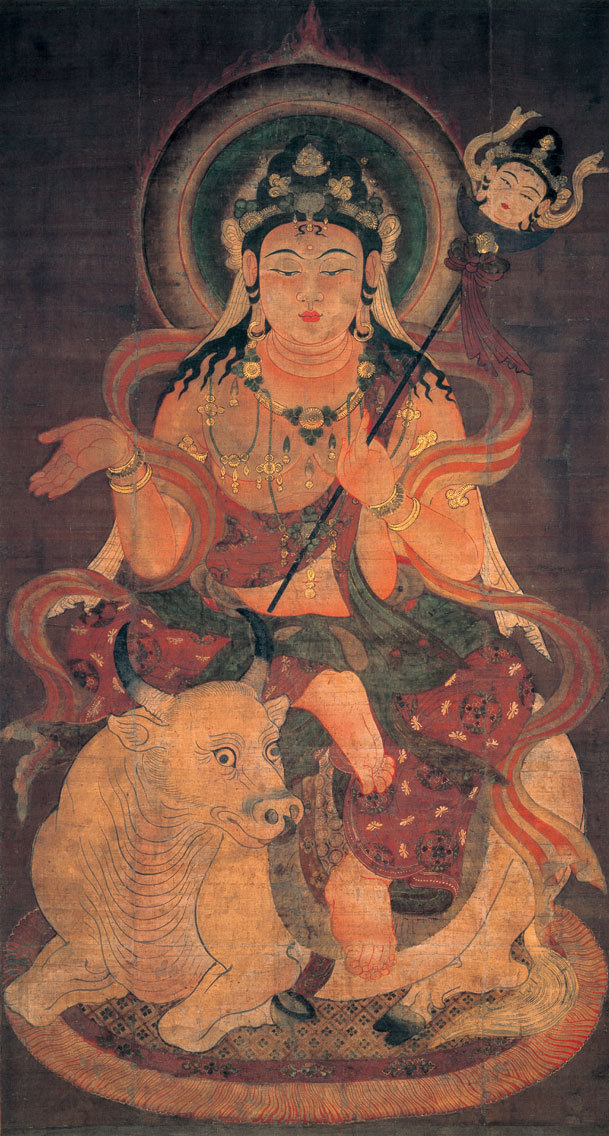

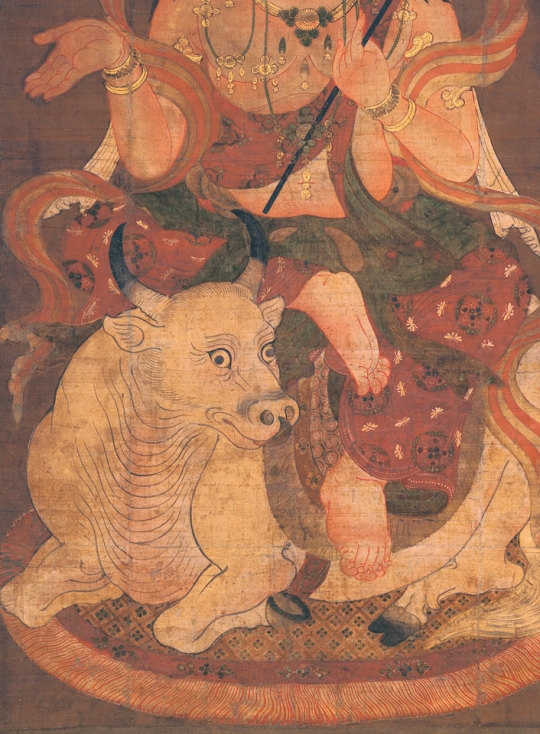
~ Enma Tenzo (Flame Statue).
Period: Heian Period
Date: A.D. 12th century
Medium: Coloring on silk
#12th century#art#history#museum#asian art#Enma Tenzo#flame statue#bull#heian period#japan#japanese#buddhism#silk
486 notes
·
View notes
Photo
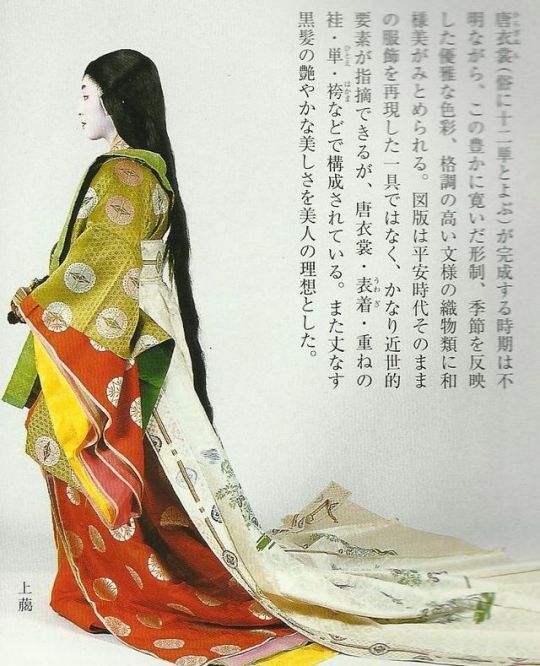
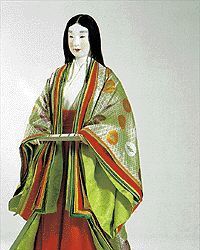
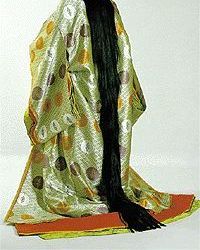
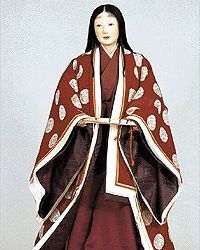
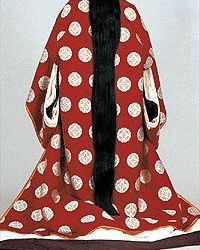
Heian Period (794-1185) Japan costumes;
High-ranking court lady and a
Princess wedding kimono.
175 notes
·
View notes
Text

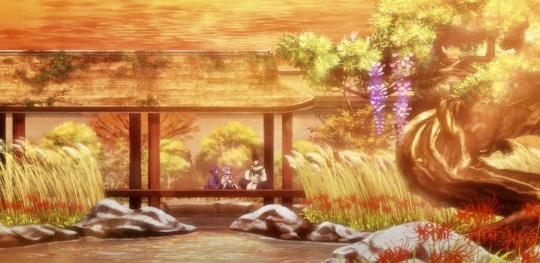




Onymoji Closing Credits
#onmyoji#abe no seimei#minamoto no hiromasa#anime#japan#heian period#jidaigeki#anime art#anime aesthetic
182 notes
·
View notes
Text




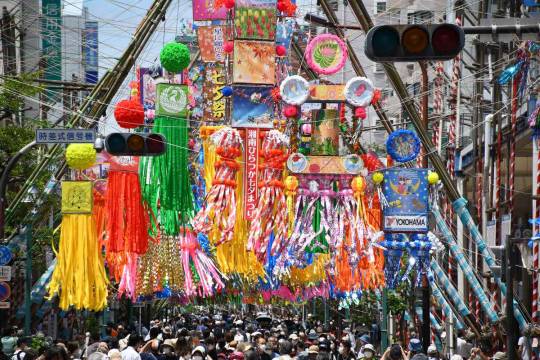
Sean bienvenidos japonistasarqueológicos, una nueva entrega en esta ocasión hablaremos del Tanabata una vez dicho esto pónganse cómodos que empezamos.
-
¿Qué es el tanabata?¿Cuándo se celebra?¿Cuál es su origen?El tanabata, surge en China en la dinastía Han que posteriormente llegará a Japón durante el período Nara (710 d.C.- 794 d.C.) a través de la nobleza ,pero no fue hasta el período Edo (1600-1868) que se hizo popular. Esto lo podemos ver en el anime como es el caso de Doraemon (ドラえもん), pero hay montones de animes que tratan esta temática una película que trata estos temas podrían ser: Amor de Gata, Kimi no Nawa, Kimetsu no Yaiba podría hacer una lista que nunca acabaria de la cantidad de anime que hay que trata el Tanabata. ¿Qué es el tanabata? Cuenta la leyenda de Orihime y Hikoboshi que solo se pueden ver la séptima luna del séptimo mes, se crea un puente que les permite cruzar y estar juntos ¿Cuándo se celebra? Se celebra el 7 de julio y lo más característico de esta festividad son los fuegos artificiales y en Tokyo por ejemplo: el templo Zojoji, pero cualquier templo lo podréis apreciar muy bien. tanzaku ¿En qué consiste? Se coloca un trozo de papel con tu deseo y se colocan en árboles de bambú. Para terminar me gustaría mencionar que hay una constelación que representa esta maravillosa historia.
-
Espero que os haya gustado y nos vemos en próximas publicaciones que pasen una buena semana.
-
ようこそ、日本の考古学者たちへ。今回は七夕についてお話します。
-
七夕とは何か、いつ祝うのか、その起源は? 七夕は中国の漢の時代に始まり、奈良時代に貴族を通じて日本に伝わった。 ドラえもんなどのアニメに見られるが、このテーマを扱ったアニメはたくさんある:七夕を扱ったアニメは枚挙にいとまがない。織姫と彦星は七夕の日にしか会えないという伝説がある。 いつ祝うの?月7日に行われます。このお祭りの最大の特徴は花火で、東京では増上寺が有名ですが、どこのお寺でもよく鑑賞できます。 短冊 短冊とはどんなものですか?願い事を書いた紙を竹に貼る。最後に、この素晴らしい物語を象徴する星座があることをお伝えしたい。
-
それでは、また次の記事でお会いしましょう。
Welcome to the Japanese archaeologists, this time we are going to talk about Tanabata, so make yourselves comfortable and let's get started.
-
What is tanabata, when is it celebrated, what is its origin? Tanabata, which originated in China in the Han dynasty, later came to Japan during the Nara period (710 AD - 794 AD) through the nobility, but it was not until the Edo period (1600-1868) that it became popular. This can be seen in anime such as Doraemon (ドラえもん), but there are lots of anime that deal with this theme, a movie that deals with these themes could be: Love of Cat, Kimi no Nawa, Kimetsu no Yaiba I could make a list that would never end of the amount of anime out there that deals with Tanabata. what is tanabata? Legend has it that Orihime and Hikoboshi can only see each other on the seventh moon of the seventh month, a bridge is created that allows them to cross and be together. When is it celebrated? It is celebrated on the 7th of July and the most characteristic of this festivity are the fireworks and in Tokyo for example: the Zojoji temple, but you can appreciate it very well in any temple. tanzaku What does it consist of? You put a piece of paper with your wish on it and place it on bamboo trees. Finally, I would like to mention that there is a constellation that represents this wonderful story.
-
I hope you liked it and see you in the next posts have a nice week.
#日本#中国#アニメ#オタカス#日本人#平安#ディナスティアハン#時代#天文#星座#伝説#伝統#織姫#彦星#ドラえもん#アモルデガタ#君縄#金津乃矢場#-#japan#china#anime#otacus#japanese#heian#dinastiahan#period#astronomy#constellations#history
56 notes
·
View notes
Text

Sometimes, in the footnotes, you can almost hear the academics sobbing.
34 notes
·
View notes
Text
sims 4 —The armor of the Heian period in Japan—Ō-yoroi
After my consideration, I decided to share a set of Japanese armor with you: Ō-yoroi It is the equipment that samurai often wear to fight in the Heian period, and Yuan Yoshitsune has worn this set.


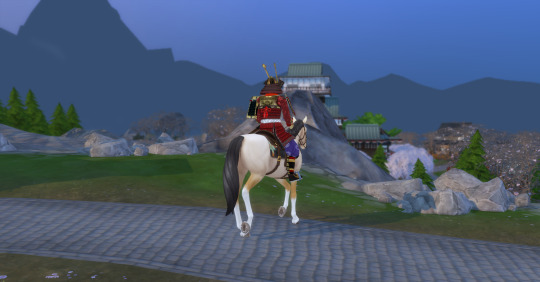
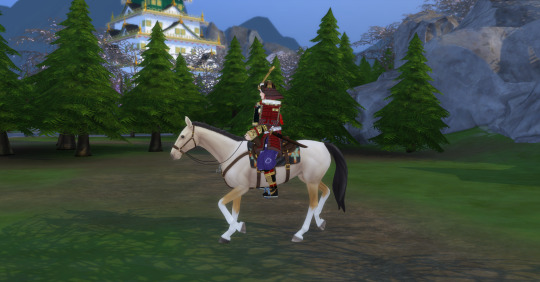
The armor is separate from other accessories, here is a picture of the mod distribution
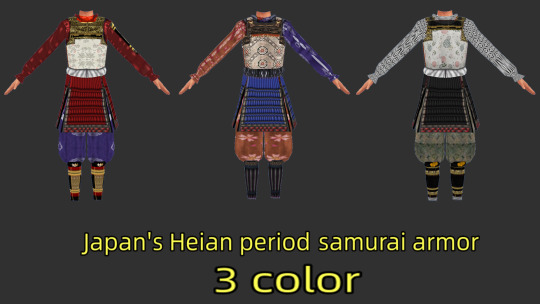

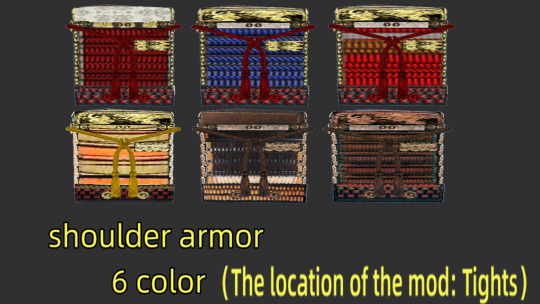
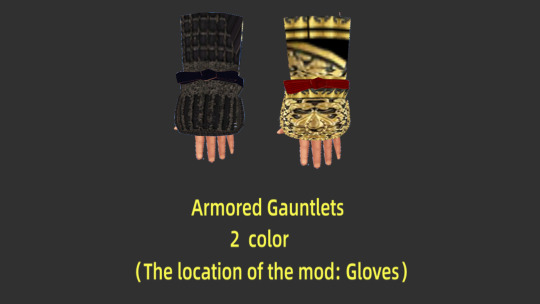
Related downloads, click here:Japanese armor download
Remarks: There are two styles of the shoulder part of the armor, one is for thin ones, the other is for strong and fat people, both are separate
The mod clothing I made does not set gender, please remove the masculine and feminine options when entering the cas page to dress up
#sims 4 japanese#sims 4 Heian Period#jsims 4 japan medieval#sims 4 Ancient asian#sims 4 medieval#sims 4 Samurai
86 notes
·
View notes
Photo
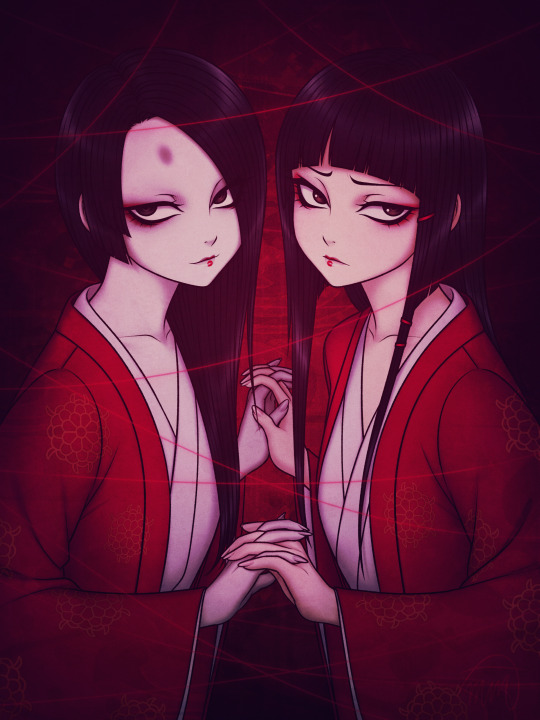
暮葉 と 浮月 - 九怨
共に交わり合う。
長き、 長き 夢。。。
Drew Kureha and Utsuki from the game Kuon for my good friend @ruedefaux!
Kuon is an ultra rare PS2 horror game created by From Software. It’s set during the Heian period in Japan and has some of the coolest atmospheres I’ve seen! It’s so unique!
Ruedefaux is probably the biggest Kuon fan out there and she’s made the most amazing artworks for it too! Go check out her Kuon fanarts too! They’re all so beautiful! 🥰
Done with Clip Studio Paint EX
May 2023
#art#fanart#Kuon#Kuon fanart#Kureha#Utsuki#Kureha Kuon#Utsuki Kuon#Fromsoftware#PS2#ps2 horror#horror#horror game#survival horror#video game#video game fanart#Japan#Japanese#Heian#Heian period#九怨#暮葉#浮月#平安#平安時代#black hair#creepy#sisters#creepy cute#hikimayu
111 notes
·
View notes
Note
Asking you to talk more on sukuna nd feet 😛😛
of COURSE !!!
I'm just still stuck on thinking about Sukuna being HELLA ancient and that really only coming through his ... sexual preferences, and by extension... his preferences for the body, right? Which ik we're thinking is his liking for the body as it comes naturally, naked and untouched and etc...
SO, it makes perfect sense that he loves a nicely done-up foot because ... even if you're wearing clothes, a healthy looking, decorated foot is one way to show off the quality of your body without sacrificing much of your integrity, or the appearance of that specific body part... for EXAMPLE:
You can be wearing whatever kind of clothing you want, but with a beautiful mani-pedi and nice shoes, people look at you and KNOW you take care of your skin !!!
And for Sukuna, that's literally... nut-worthy automatically. That his woman is so cared for she, not only has hands, but FEET too, that instead of showing the affects of hard work on them... are pampered beyond belief and always look delicious.
Even if you do use your hands for work, or have hands that show that kind of hard work on them, the second Sukuna attaches himself to you, that's one of the first things he demands you fix (by paying for your spa appointments, of course)... and ain't no way in hell he's taking no for an answer.
(I don't even think it's something he cares about until he realizes he can care about it. He's just chilling, living his best, king-of-curses life... and then one day he notices you putting lotion on your heels before bed and the next time your legs are in the air, he's pressing your feet to his face. Or you put on an anklet just for the day and he doesn't let you take it off ever again, ONLY ever change it so he can hear the sound of it jingle when he's fucking you better. Or you come home with white toenails after a pedicure with your friends and suddenly he's kissing your toes before he eats you out every. single. time. No brain ONLY boner from there on out.)
When he finally gets into the groove, tho (or in an automatic, non-curse AU), Sukuna is definitely picky about what kinds of designs and colors you get during mani-pedis. It's so weird of him because he's a full on evil CURSE, but I know he's walking into that salon right along with you and not just watching your toes get scrubbed and painting, but helping you pick out the colors and diamonds too....
He scrutinizes your poor nail tech sooo hard, one of those guys who takes off from the tip immediately if they accidentally nick you with the clippers, or file something a little too roughly. His inspection face is so funny, because even though he's supposed to be there spending time with YOU, his eyes are on your tootsies the whole time (like a freak).
You can convince him to let you get fun colors (and tbh, you ARE the one who put him onto including crystals or doing frenchies in the first place), but I know he's a such a particular man when it comes to making sure your nail colors are ALWAYS elegant. Loves a classic nude or pink, sometimes lets you experiments with white or a couple crystals... but the whole point is that he never has to see your feet covered again, only ever decorated and in strappy-heels for the rest of TIME.
(And don't even get me started on how much he gets off on watching you do your skincare, too. Anything to do with taking care of your body he loves, adores, is obsessed with; you doing your hair. Putting on your lotion or oils. Washing yourself, your leg up on the side of the bathtub.
Plus, he never wants to see you in makeup or shaving or anything of the sort. He only wants you bare and raw the way you were made... and yes that means he will buy you ¥50000 korean skincare essence but refuse to buy you foundation from the convenience store.)
THANK U FOR ASKING, ANON, LOVE U!
#sukuna#he drives me INSANEEEEE#his preferences are balls to the wall insane i love it about him tho#was just gonna say that i got all into thinking abt this bc i was looking at clothes from the heian period (1000 years ago japan...#like when he was born)#and like. feet were some of the only body parts openly displayed and not under layers#so i think thats where the foot thing comes from at the berry least#god if he could have it his way the only thing you'd be wearing is body chains and vaseline LOL bootie out 24/7#i'd be fully down tho#anon#caitie things#gen
18 notes
·
View notes
Text
The Diary of Lady Murasaki
Of all the poets of the Hyakunin Isshu anthology, arguably the most famous, especially overseas is Lady Murasaki (poem 57), who in Japanese is called Murasaki Shikibu (紫式部). She is the author of the Tales of Genji, which epitomized life in Japanese antiquity, and is arguably the first novel in history. But another work by Lady Murasaki that’s notable here is her eponymous diary…

View On WordPress
114 notes
·
View notes
Text
Make your lover combing your hair an erotic activity
62 notes
·
View notes
Text
Other formal outfits of Heian ancestry - Kariginu, Hoi and Nôshi attires
(as worn by samurai of the Edo period - great charts by Nadeshico Rin). You can find more about samurai ranks and their regulated attires under the tag "samurai kimono".
The Kariginu

狩衣 Kariginu first appeared during Heian period where they were informal attires worn by kuge (nobibilty) men for activities such as hunting and 蹴鞠 kemari ball games.
Kariginu rose to formal status during Kamakura period when it started being worn by the buke (warrior class). In Edo period, it was worn by upper-ranked samurai (4th rank and above).
Edo-period kariginu designates a patterned clothing (different from the hoi, see below), often decorated with the family 紋 mon (crest). Colors were not regulated.
風折烏帽子 Kazaori-eboshi - black-lacquered hat made of silk, cloth or paper, originally worn by Heian nobility. Many eboshi shapes exist, this one is a upright style (tate-eboshi 立烏帽子) with top folded to the left.
末広 Suehiro - a type of formal folding fan.
TN: the fan drawn here ressemble more a 中啓 chûkei, as suehiro have curving ribs which don't seems to be the case here (find more about fan types here)
指貫 sashinuki (or 奴袴 nubakama) - large bouffant pants.
Also, note the bare feet! Rin doesn't comment this but this was probably a way to put it below sokutai and ikan (which do have socks)
袖括 Sodekukuri - decorative sleeve ties. Originally appeared on Heian clothings (like kariginu, nôshi, etc) where they were used to tighten sleeve cuffs.
The Hoi

布衣 Hoi is a variation of 狩衣 kariginu (see above).
During Edo period, it was worn by some hatamoto (6th rank samurai) via explicit permission of the shogunate - setting those rewarded by this honor apart from other vassals of the same rank.
Compared to kariginu, hoi were plain solid color.
It is worn here over a 熨斗目 noshime, a samurai kosode (=ancestor of the kimono) with stripes or lattice pattern at waist area.
As for the kariginu, note the bare feet!
The Nôshi
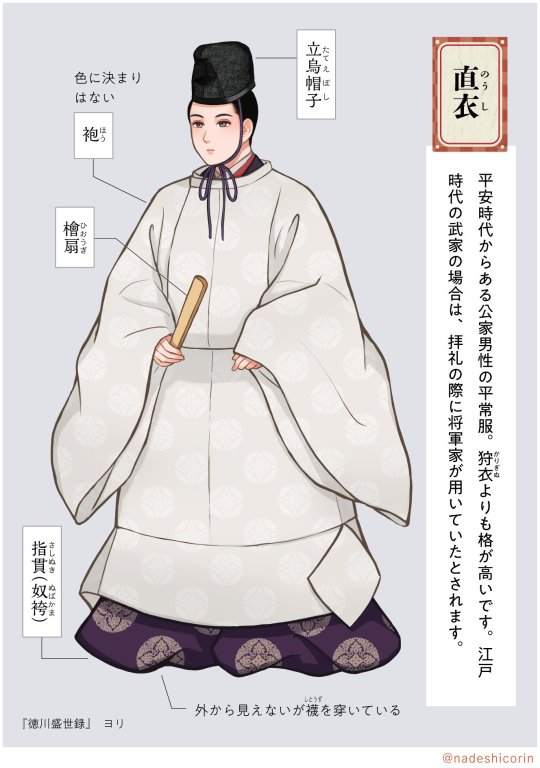
直衣 Nôshi was a type of everyday robes which were first worn by males of the imperial family during Heian era. Formality placed it then above kariginu.
Overtime, their use spread among nobility, and by Edo period, they were a "tad-formal" attire worn by Shogun's family for worship celebrations.
立烏帽子 Tate-eboshi - upright lacquered hat
袍 Hô - round-necked robe with large boxy sleeves
檜扇 hiôgi - formal folding fan made of cypress, also of Heian history. Those were unpatterned as painted ones were for women
指貫 Sashinuki (or 奴袴 nubakama) - large bouffant pants
#japan#fashion#fashion history#samurai kimono#samurai#nadeshico rin#ressources#reference#kariginu#hoi#noshime#hatamoto#buke#warrior class#edo era#edo period#heian period#着物#Kazaori-eboshi#Suehiro#chûkei#sashinuki#nubakama#Sodekukuri#men kimono#Tate-eboshi#Hô#hiôgi#Sashinuki
197 notes
·
View notes
Text


~ Dragon Head.
Place of origin: Japan
Period: Heian period (794-1185)
Date: A.D. 12th century
Metal: Bronze
#history#museum#archeology#archaeology#12th century#asia#asian#asian arts#japan#japanese#dragon#dragon head#heian era#heian period#bronze
410 notes
·
View notes
Text
#jjk#jjk x reader#spiderman 2099#atsv miguel#fluff#jujutsu kaisen#miguel o'hara#miguel spiderman#miguel spiderverse#miguel x reader#ryomen sukuna#sukuna#sukuna ryomen#jjk manga#heian era#heian period#heian japan#sukuna x reader#sukuna x you#sukuna x y/n#platonic#non-platonic
23 notes
·
View notes
Text
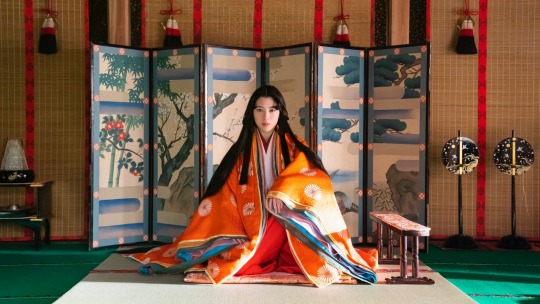
Ayaka Miyoshi in Junihitoe wo Kita Akuma / The Devil Wears Junihitoe Kimono (2020)
#ayaka miyoshi#miyoshi ayaka#junihitoe ko kita akuma#the devil wears junihitoe kimono#十二単衣を着た悪魔#tale of genji#heian period#japanese movie#j movie#japanese drama#j drama#jdrama#dorama#japan#asian drama#asian movie
97 notes
·
View notes